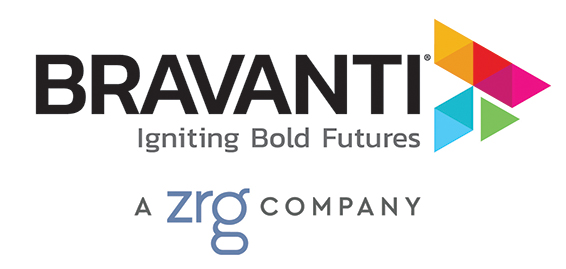For many organizations, the slower pace of summer offers a rare strategic window. A chance to reflect and reposition before the intensity of the second half kicks in. It’s not downtime, it’s prime time to reset priorities, realign teams, and reignite the focus and performance needed to finish the year strong.
In this article, we outline 10 powerful strategies to help you make the most of the slow season—so you don’t just step into high season ready. You step in ahead.
10 Strategies to Drive Success in Q3 and Beyond
1. Recalibrate Executive Team Alignment
Misalignment at the top stalls momentum throughout the organization. Slower seasons give leadership teams space to re-center around shared purpose, priorities, and performance expectations.
Try this:
- Conduct a team cohesion and effectiveness assessment
- Host a mid-year strategy sync to revisit shared goals and decision rights
- Create time for executive reflection and recalibration
- Align leadership messaging before the high season
2. Invest in Organizational Culture
When culture drifts, performance follows. Use the off-season to examine whether your current culture reflects your values—and what’s needed to close the gap.
Try this:
- Review your company values and assess how they show up in daily behaviors
- Use pulse surveys to uncover hidden friction or unmet needs
- Audit feedback loops to ensure they build trust and accountability
- Reignite motivation where energy has dropped
3. Elevate Leadership Capabilities
Leadership growth often gets deprioritized when business speeds up. Slow season is the time to strengthen the capabilities that will carry you into your next phase of growth.
Try this:
- Audit existing leadership skills to identify growth areas
- Develop or update your leadership competency model
- Test-run new behaviors during this lower-stakes window
- Launch a leadership learning sprint
4. Address Leadership Pipeline Gaps
Without a clear pipeline of future-ready leaders, organizations struggle to respond to both opportunity and disruption. Use this time to take stock and strengthen succession plans.
Try this:
- Audit pipeline gaps across critical roles
- Refresh succession plans and readiness maps
- Identify rising stars based on both performance and potential
- Host skip-level conversations to surface untapped talent
5. Assess Mid-Year Progress on Annual Goals
Mid-year is a natural checkpoint—if you use it. Don’t let execution continue unchecked. Pause to evaluate, recalibrate, and recommit to what matters most.
Try this:
- Audit progress against strategic goals
- Reassess what performance looks like in today’s climate
- Reframe goals to reflect changing priorities
- Host a working session to reenergize teams around shared outcomes
6. Build Organizational Resilience
Resilience isn’t built in crisis—it’s built through proactive planning and daily practice. This is your window to strengthen the foundation before disruption hits.
Try this:
- Conduct a threat assessment for operational and workforce risks
- Reevaluate your talent mobility strategy
- Establish an org-wide focus on resilience-building practices
- Explore new rituals and routines that reinforce adaptive thinking
7. Strengthen Internal Coaching Capability
Strategic execution lives or dies in the middle. Equip your managers with the skills they need to coach, guide, and grow talent from within.
Try this:
- Identify key coaching competencies like deep listening, powerful questioning, and feedback delivery
- Provide targeted training on those competencies
- Set up manager cohorts or peer coaching circles
- Clarify expectations for how managers support development
8. Improve Cross-Functional Collaboration
When collaboration flows, performance follows. Use the slower season to reduce friction and enhance how teams work together across silos.
Try this:
- Establish operational norms that protect time for strategic work
- Pilot a cross-functional initiative to solve shared problems
- Map team interdependencies and streamline collaboration
- Clarify decision-making roles across teams
9. Ignite Future-Focused Thinking
Day-to-day demands often push innovation to the back burner. Now’s the time to create space for creativity, experimentation, and long-view thinking.
Try this:
- Launch a micro-innovation challenge
- Host a “blue sky” brainstorming session for senior leaders
- Invite client or expert panels to offer fresh perspectives
- Revisit paused or shelved ideas with new energy
10. Elevate Organizational Performance with Inclusion
Inclusive, equitable organizations perform better. This is a moment to go beyond checkboxes and recommit to meaningful progress.
Try this:
- Audit current inclusion efforts and outcomes
- Facilitate listening sessions to gather underrepresented perspectives
- Invest in inclusive leadership development
- Embed inclusivity into strategic goals and performance reviews
Slow Isn’t Idle. It’s Where Bold Futures Are Made.
Slow seasons don’t slow down great leaders. They create space for intention, alignment, and the kind of thinking that propels performance forward.
So, take the time. Make the shift. And step into busy season with clarity, purpose, and renewed focus.
Let’s build what’s next—together.
Connect with our Executive Coaching team for customized recommendations for your organization

